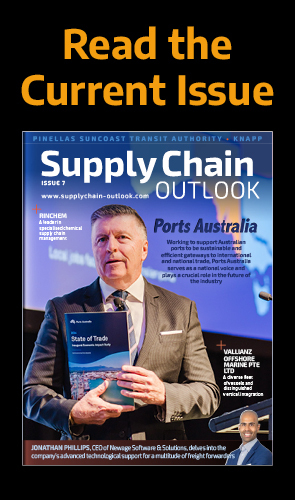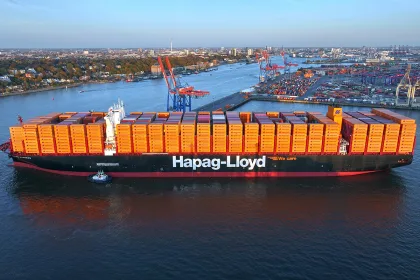FLIGHTS AND FREIGHT

INCREASED FLEET
As the aviation industry is continually evolving, so is LAM. As little as five years ago, the company underwent a restructuring process to improve the quality of its services. Prior to the disruptions of the COVID-19 pandemic, the aviation industry was a competitive market, so the airline had to work hard to obtain and retain a market share.
“The first thing was to capacitate the employees with management skills and safety culture. We wanted to become more customer-focused and serve a better schedule with more on-time performance,” reveals Jorge.
Indeed, employees’ safety, comfort, awareness, and integration featured heavily across the necessary processes and activities, as it was imperative for LAM to provide a full level of inclusion for the workforce.
In 2019, LAM introduced fleet standardisation and then slowly increased its fleet to its current aircraft numbers. Today, the company is venturing into the cargo freight sector and has plans for intercontinental travel.
“At the moment, we are working at adding some permanent cargo capacity in Mozambique. In the past five years, we have lease serviced some aircraft with aircraft, crew, and maintenance insurance (ACMI), depending on the type of cargo we had, because each cargo can greatly differ, both in volume and the size of each unit,” details Jorge.
To cater to different capacities, LAM had to primarily rely on neighbouring South Africa or operators in Kenya with whom the airline has partnerships.
“There are also plans to restart intercontinental flights soon. We did it during the COVID-19 pandemic when there were difficulties in uplift from here to Europe, but now we strive to schedule flights before the end of the year.”
Portugal’s capital city, Lisbon, is LAM’s priority because of its cultural and historical links. Historically, Mozambique was a Portuguese colony, an overseas province, and later, a member state of Portugal. However, it gained independence from Portugal in 1975.
FLYING HIGH
LAM is presently in an extensive government support programme together with a partnership company that was chosen to carry out a revamp. Although LAM is mostly a state-owned organisation, which has required a lot of change, it operates under a self-contained and self-supported enterprise.
“We will experience challenges in the future, hence the revamp. But despite the development emerging as a difficult change, it is working out well for us. In the past few years, we have been working on incorporating a culture of safety in the business to overcome challenges,” Jorge informs us.
Significant steps are now being taken regarding fleet management, including MRO, networking, and people. LAM currently has seven aircraft, alongside two aircraft that operate from a subsidiary company almost fully integrated into LAM’s network. There are further plans to grow substantially in the next three to five years.
With training and development programmes already in place, LAM invested not only money but attention to ensure its employees are prepared. To deliver management up-skilling, the airline facilitated a mini-Master of Business Administration (MBA) for staff as soon as the restructuring started.

FROM TURBULENT TIMES TO A SMOOTH LANDING
Regarding the future, LAM has key priorities and goals for the year ahead, such as continuing its restructuring with the partner company brought in by the government and announcing a new programme soon.
“These experts will introduce some stability to the operational and financial side of the company. We want to recover our balance sheet in terms of some historic debt that we have that will need to be restructured, and then we want to begin our growth plan, which means a lot of inter-domestic destination flights outside the hub of Maputo,” concludes Jorge. LAM’s aim is to serve more than one destination in regional countries, which the airline has already started with regions such as Lusaka in Zambia and Harare in Zimbabwe, alongside Cape Town in South Africa. The company looks forward to expanding its network by serving Nairobi in Kenya and beyond.































